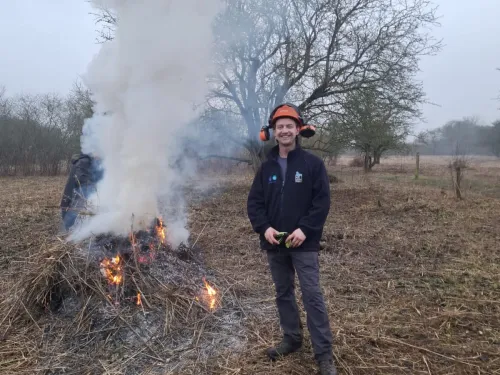
Celebrating National Apprenticeship Week 2025
My journey as a Kent Wildlife Trust apprentice by Harry Jenkins
Learn more about the wildlife and wild places in Kent and beyond.

My journey as a Kent Wildlife Trust apprentice by Harry Jenkins
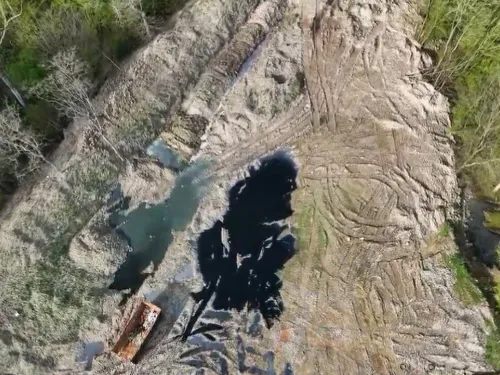
Imagine a quiet, picturesque woodland in Kent, ancient trees standing tall, carpets of bluebells swaying in the breeze, and wildlife thriving in their natural habitat. Now, picture that same woodland buried beneath 35,000 tonnes of waste, dumped illegally over months while authorities played a game of bureaucratic hot potato. This is not a dystopian fiction; this is the story of Hoad’s Wood.
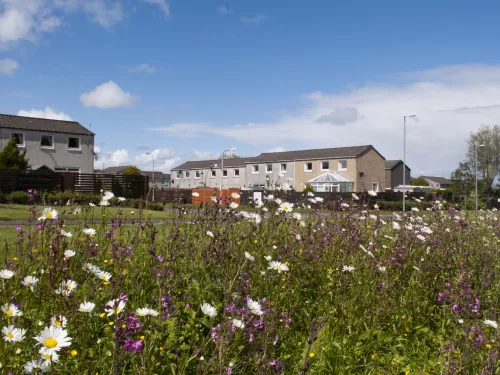
Director of Development, Kent Wildlife Trust Sarah Brownlie, delves into the latest government announcement around growth and our environment and explains how the decision to proceed with the Lower Thames Crossing brings to light a critical flaw in national infrastructure planning.
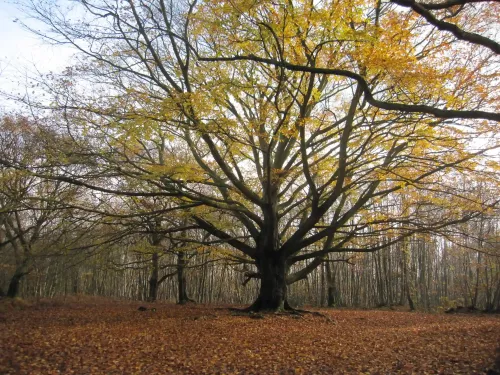
The Unseen Price of the Lower Thames Crossing The Lower Thames Crossing has been promoted as a solution to congestion and a boost to the economy, but at what cost? While infrastructure projects like this promise short-term benefits, they often come at the expense of long-term environmental sustainability. The impact on biodiversity, air quality, and carbon emissions cannot be ignored. As we face a climate and ecological crisis, it is crucial that development aligns with our commitments to protecting nature, reducing emissions, and safeguarding public health. If we fail to consider these factors now, we risk paying a far greater price in the future.
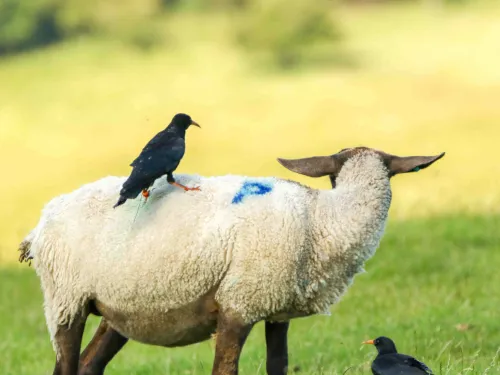
Over forty years ago, the landscape of Dover began a transformation. Chalk grassland in Kent had dwindled under the pressures of intensive farming and habitat loss. This is the story of how chalk grassland restoration paved the way for one of nature’s greatest comebacks in Kent: the return of the red-billed chough.
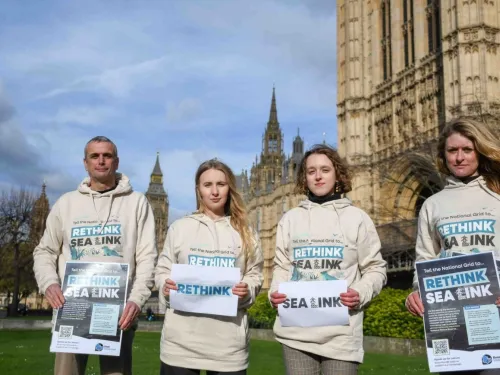
As the UK races to decarbonise its energy sector, the stakes couldn’t be higher. The shift to renewable energy is vital in combating climate change, but without careful planning, it risks unintended harm to the very ecosystems that sustain us. How do we reconcile the urgent need for clean energy with the equally critical need to protect biodiversity? In her thought-provoking blog, Emma Waller, Planning and Policy Officer at Kent Wildlife Trust, shines a spotlight on this pressing challenge.
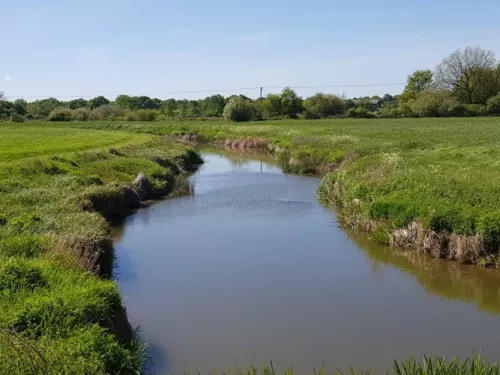
In this guest blog from the Rescue Hoad's Wood Campaign, the author highlights the threat to the River Beult SSSI posed by plans to discharge 1,000 cubic metres of treated sewage daily—a consequence of the Chilmington Green housing project.
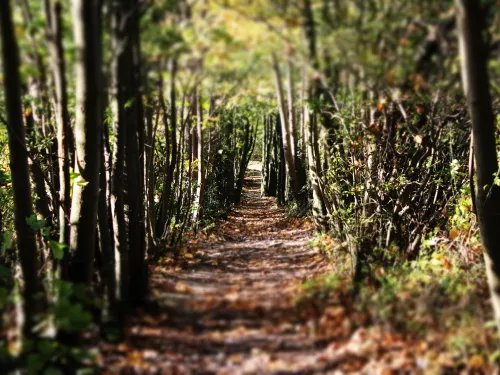
When your woodlands are under threat, what can you do to save them?